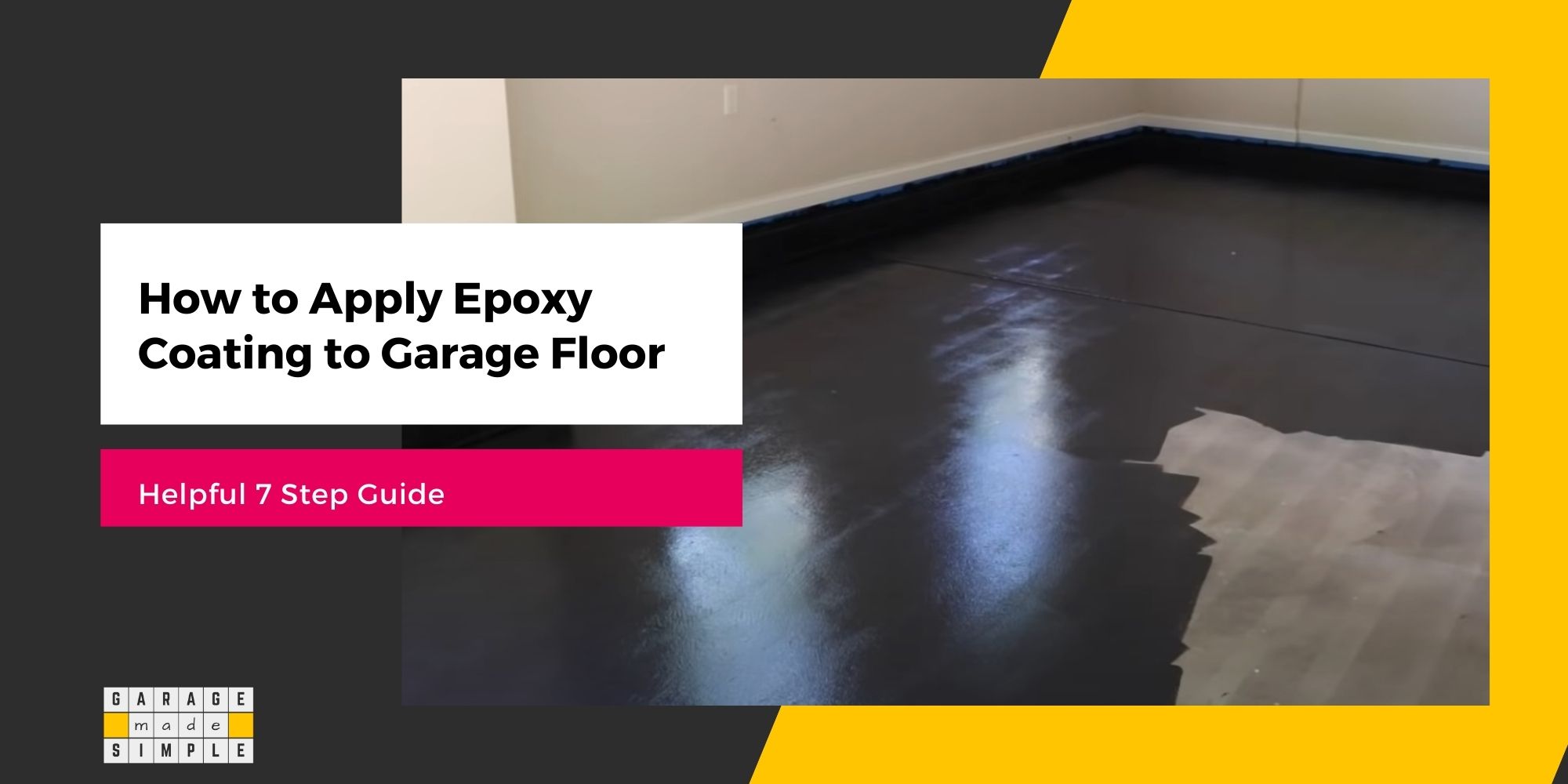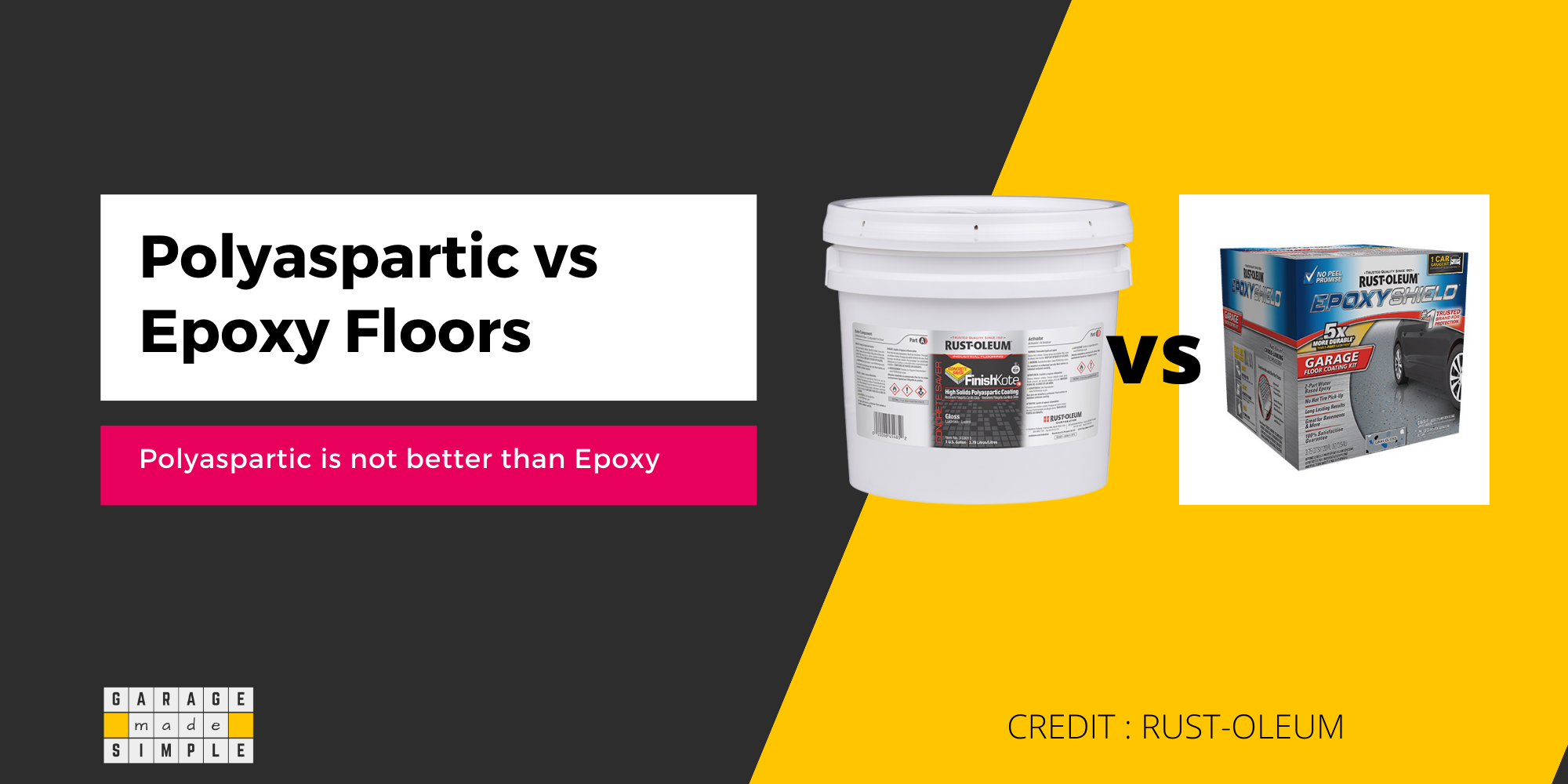6 Reasons to Avoid Sealing Concrete in Hot Weather
As an Amazon Associate, I earn from qualifying purchases.
Are you thinking of sealing concrete in hot weather this summer? Hold your horses! It’s not the best idea if temperatures are soaring!

In this blog post, I explain all about the curing process, film formation and sealing mishaps. So, let’s dive in and find out why avoiding sealing concrete in hot weather will save you a ton of money and headache.
KEY TAKEAWAY: Downsides of Sealing Concrete in Hot Weather:
- High temperatures accelerate the evaporation and therefore the curing process.
- Excess humidity can lead to uneven drying and reduced durability.
- Sun exposure accelerates drying, trapping air and solvent vapors.
- Resin string formation may occur, affecting appearance and functionality.
- Blistering, that is the formation of bubbles or blisters on the sealer surface.
- Uneven drying can result in patchy appearances and poor sealer effectiveness.
Now let me get into the details.
How do Different Types of Sealers Cure?
Understanding how different types of sealers cure is the key to understanding why sealing concrete in hot weather can lead to problems.
There are 5 different types of concrete sealers and each has a different curing process.
Penetrating Sealers, seep into the concrete and react chemically to form a protective barrier. They typically cure through a process called densification.
The sealer’s active ingredients penetrate the concrete’s pores and react with the minerals to create a solid and durable protective layer.
Recommended Solvent Based Penetrating Sealer
Armor SX5000 Solvent-Based Silane Siloxane Sealer for Concrete
- Reduces surface water absorption by up to 95%
- Reduces damage caused by snow, ice, and de-icing salts
- Will last for up to 7-10 years
Topical Sealers form a protective film on the surface of the concrete. They cure through a process called solvent evaporation.
The solvent in the sealer evaporates, allowing the film-forming polymers to bond together and create a barrier against moisture and stains.
Epoxy, Polyurethane and Polyaspartic Concrete Sealers consist of two components that must be mixed together. One component is the resin, while the other component is the hardener.
The chemical reaction between the two components triggers the curing process, resulting in a strong and resilient seal.
Recommended Epoxy Concrete Garage Sealer
Rust-Oleum 292514 EpoxyShield Premium Floor Coating Kit, Clear
Ideal for use on interior coated or bare concrete surfaces including garages, basements, workshops and more.
Which Factors Affect Curing in Hot Weather?
There are many benefits of sealing concrete. However, keep in mind that curing of sealers can be significantly affected by hot weather conditions. High temperatures, combined with other environmental factors, can compromise the quality and effectiveness of the sealing process.
Here are some factors to consider:
1. Temperature
Sealing concrete in hot weather can pose challenges because high temperatures accelerate the evaporation and therefore the curing process.
This rapid curing may prevent the sealer from properly penetrating the concrete surface and result in inadequate adhesion and reduced effectiveness.
Excessive heat can also cause the solvent in acrylic sealers to evaporate too quickly, leading to the formation of bubbles or blisters on the surface.
In the case of two-pack sealers, high temperatures can accelerate the chemical reaction and shorten the curing time. This gives you a much shorter window to mix and apply the sealer evenly.
2. Humidity
Humidity levels can also impact the curing process. In hot and humid weather, the excess moisture in the air can interfere with the sealer’s ability to cure uniformly.
The moisture can get trapped within the sealer, leading to hazy or cloudy appearances and reduced durability.
In the case of penetrating sealers, high humidity can slow down the penetration process, making it less effective in providing long-lasting protection to the concrete.
3. Sun Exposure
Excessive sun exposure during the sealing process can cause the sealer to dry too quickly. Rapid drying can trap air bubbles or solvent vapors beneath the surface, leading to blistering and other unsightly blemishes.
The heat from direct sunlight can also increase the surface temperature of the concrete, making it challenging to apply the sealer evenly.
Moreover, prolonged exposure to UV rays can cause the sealer to degrade over time, compromising its protective properties.
Common Sealing Issues in Hot Weather
Some common issues that can arise, when sealing concrete in hot weather, are:
4. Resin String Formation
Resin string formation occurs when the sealer starts to dry before it has adequately penetrated the concrete surface. This can result in the formation of sticky or stringy residues on the surface, affecting the appearance and functionality of the sealer.
Applying thinner coats of sealer and back-rolling can help achieve better penetration and avoid resin string formation. Avoid sealing concrete in hot weather, especially if the ambient temperature is above 90°F.
5. Blistering
Blistering is the formation of bubbles or blisters on the surface of the sealed concrete.
This happens when the sealer dries too quickly and traps air or solvent vapors beneath the surface. The trapped air or vapor expands and creates unsightly blisters.
To avoid blistering, you must not apply the sealer if the weather is too hot. Try sealing your concrete during cooler weather conditions. Choosing a sealer with a longer open time can also provide a larger window for proper application.
6. Uneven Drying
In hot weather, the rapid evaporation of moisture from the sealer can cause uneven drying. This leads to inconsistent results, with some areas drying faster than others.
Uneven drying can result in patchy appearances and compromise the overall effectiveness of the sealer.
To mitigate this problem, consider sealing during cooler parts of the day or using techniques like misting the surface to maintain moisture levels.
Applying thin, even coats of sealer and using a roller or sprayer can help achieve more uniform drying.
Best Temperature to Seal Concrete
The ideal temperature range for applying concrete sealer typically falls between 50°F (10°C) and 90°F (32°C).
However, double check on this as different products may specify a slightly temperature range.
If the temperature is too high, the sealer may dry too quickly and form a weak film.
Keep in mind that the temperature range is applicable both to the concrete floor temperature and the ambient temperature.
Before applying the sealer, ensure that the concrete surface and the surrounding air temperature are within the recommended range.
What Time of Day is Best for Sealing Concrete in Hot Weather?
The ideal time for sealing concrete in hot weather is during the cooler parts of the day, such as early morning or late afternoon.
Avoid sealing around midday, when temperatures are at their peak, as this can lead to rapid drying and other complications.
Thank you very much for reading the post. I do hope you found it informative and useful.








